10 Best Competitor Analysis Tools Under $300
So what are the competitor analysis tools for the “rest of us”? Here’s a selection of excellent tools that offer the same functionalities as these enterprise-level solutions, and more, for under $300 each or even for free: How I...
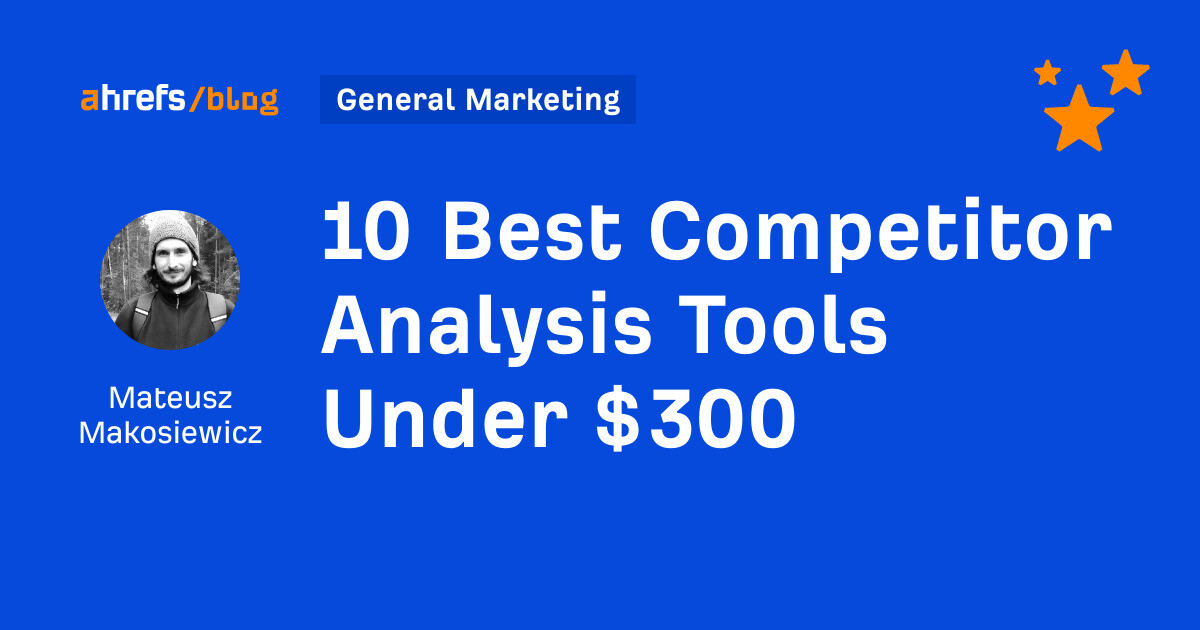
Looking for a competitor analysis tool that does it all? Well, they’re a bit pricey. They can cost about $1000 per seat or $10000 per annual contract, plus set-up fees apply in some cases. I’m sure these tools are great, and that price tag is perfectly reasonable for enterprise-level businesses, but for many businesses out there, that’s out of reach. So what are the competitor analysis tools for the “rest of us”? Here’s a selection of excellent tools that offer the same functionalities as these enterprise-level solutions, and more, for under $300 each or even for free: I wanted to find the best tools for small and medium businesses (i.e., affordable and flexible pricing) and, at the same time, collate a list of tools that cover all marketing channels you may want to monitor (SEO, social media, email, etc.). I personally also tested all of these tools to see if they live up to their promise and some I’ve been relying on for years. So in the remaining part of the article, I’ll share a few solid ideas on how to make good use of these tools and highlight one handpicked awesome feature from each. Finally, I update this article from time to time to see if there new tools, better tools, updated pricing, or new noteworthy features. So, what you see is the latest version of this evolving guide. Competitors App monitors a long list of your competitors’ marketing channels, including emails, newsletters, blog posts, social media posts, website changes, organic search, ads, and serves it to you on a nice competitive analysis dashboard. This tool is like having a dedicated daily newspaper exclusively about your competitors. So, if you’re looking for a single platform to log into each morning to see what your competitors have been up to — without breaking the bank — this is the solution for you. While it’s an all-in-one solution for virtually every marketing channel, don’t expect the robust analysis capabilities found in more specialized tools on our list. However, for entry-level competitor monitoring to help you stay informed, it’s hard to find anything more cost-effective. How to use it: Competitors App has a feature called Activity which works like an RSS feed for everything your competitors say online and everything that is said about them. The list of things you can see in the Activity feed is quite impressive: Thanks to this, you’ll stay informed about every move your competitors make across various marketing channels, and you save time and effort on jumping between different tools and sources. For example, you can quickly spot new content or campaigns launched by your competitors and gauge their impact on their audience. For example, if you notice a competitor gaining traction with a particular type of content or social media post, consider how you can adapt and improve upon that approach for your audience. To make it even easier, the Competitors App features a newsletter that delivers this activity feed directly to your inbox. Competitors App offers a cheap entry point at $19.9 per month, but that price is based on the number of sites you track. So, for monitoring two competitors, you’ll pay almost $40, for three, almost $60, and so on. To access all monitoring features, you’ll pay $29.90 per competitor. This is still very competitive compared to what enterprise solutions ask. If I were you, I’d be curious about the Custom tier. Since the tool is quite affordable, you may get some premium features like custom channel tracking, human-curated reports, and battle cards and still save money. Ahrefs is an all-in-one SEO toolset that provides best-in-class data about your competitors’ content, backlinks, keywords, PPC ads, and much more. Ahrefs has a reputation for best-in-class data and robust functionality, making it one of the industry’s favorites (see what the industry says about Ahrefs). So, if you need to dive deep into SEO data, you can’t go wrong here. How to use it: This feature shows keywords for which your competitors rank, but you don’t. As I already mentioned, these are called content gaps and can give you proven content ideas for your content planning. With Ahrefs, you can compare entire domains and get new topic ideas. Or, you can compare pages and see what subtopics your content may be missing — a potential reason for lower rankings. Go to the Competitive Analysis tool and enter your domain and competitors. The more competitors you enter, the more keywords you will get. If, at some point, the list gets too big to manage, you can narrow it down using filters. For example, you can focus on keywords where at least two of your competitors rank in the top 10. Here are a few interesting keywords Mailchimp could use to fill the content gap: Ahrefs equipped with the Competitive Analysis tool (along with other keyword, backlink and SERP analysis tools for competitive analysis) starts at $129 per month, or $108 if you pay annually — see pricing. You can also try out some of our free SEO competitor intelligence tools. They’re great for quick spot checks like checking your competitor’s organic traffic or checking top backlinks of the content you’re competing with on Google. Find out more in 10 Things You Can Do in Ahrefs for Free. Visualping is a website competitor analysis tool that notifies you anytime your competitors change something on their sites. It uses AI to summarize the web page changes, and it’ll even tell you whether the change is important or not, so you can save time reviewing competitor changes. This means you no longer need to set reminders to check their websites weekly or strain your eyes searching for the smallest updates, wondering if they were there last week. How to use it: Visualping is great for observing how your competitors try to squeeze more out of every visitor to their website. In other words, you can look for user experience (UX) and conversion rate optimization (CRO) tweaks that you can adopt without having to do all the research and A/B testing. All you need to do is set up tracking for the web page you care about, and you’ll get an alert when there’s a noteworthy change. This can include anything from new product launches and press releases to more subtle website changes, like updated CTA buttons and colors. The alerts feature a screenshot of the page, with the changes highlighted. They also include an AI summary of all the changes, so you can quickly understand what was updated. I chatted with the Visualping team, and I’ve been told that you can work with their prompt engineering team to customize the AI for your use case. That way, you’ll know if the change is important based on your preferences. Keep in mind that you shouldn’t blindly copy your competitors’ actions. Ideally, the change has to make sense to you, and you should know that the competitor does A/B testing (checking with BuiltWith is a good start — more on this below). Visualping offers a free plan with up to 150 checks a month, which would probably be enough to cover your competitors’ homepage, pricing page, trial page, and other important pages weekly. If you’re more serious about keeping track of your competitors’ websites, then try out the paid plans. Those start at $10 a month for 1000 checks — see pricing. With Brand24, you can track mentions of competitors in social media, news or online publications to reverse engineer their backlink strategies. They’re best known for their social media monitoring features, so if your strategy is strongly reliant on social media, you’ll definitely want to test out this tool. How to use it: Set up a separate project (or projects) with the names of competitor brands and products. You can go broad or be as specific as you like. For example, if your competitor’s brand name has multiple meanings, you can filter out irrelevant keywords with the Excluded keywords field. To illustrate: Here’s an interesting mention of the project management tool Asana. This could mean that if you were to compete with them, you could include time tracking in one of your less expensive plans to get an edge over your competitor. This kind of competitor monitoring allows you to: Plans start at $99 a month for tracking three keywords. Tracking your brand and your competitors will require a higher plan for $179 a month that offers seven keywords. You can get two months free off any plan if you pay annually — see pricing. Brand24 also offers a 14-day free trial. SparkToro is an audience research tool that can provide information about what your competitors’ visitors read, watch, listen to, and follow. As a competitive analysis tool, it is invaluable for new brands that want to better understand the audience they’d like to reach. With Sparktoro’s insights, you can create more targeted and engaging marketing campaigns, improve your content strategy, and connect with your audience on a deeper level. If you’re already familiar with this tool, make sure to check out the revamped V2 version launched in April 2024. See a complete list of new features and completely new things you can do with Sparktoro V2 here. How to use it: Let’s find new sponsorship opportunities by looking for podcasts that people visiting sparktoro.com listen to. All you need to do is click on “Podcasts” in the left-hand menu, and there you have it. So, in this example, the Search Engine Journal Show is twice as “popular” with Sparktoro’s audience as Marketing Smarts. You can tell that from the Affinity Score metric, which tells you how much behavioral/demographic overlap a given podcast has with Sparktoro’s audience (this score can be found in other reports as well). With data like this, you can easily spot new advertising and sponsorship opportunities across many different channels. All you need to know is your competitors’ URL or the keyword your audience is likely to use in Google, and Sparktoro does the rest. SparkToro is free for twenty searches a month with limited report capabilities. Paid plans start at $50 a month (three months free if you pay annually) — see pricing. Mailcharts holds a vast collection of email and SMS campaigns, helping you study tactics of brands similar to yours. It’s a rather interesting competitive intelligence tool as it allows you to monitor the hidden automation and flows competitors use as part of their customer experience journey. How to use it: Thanks to Mailchart’s Journeys feature, you can study the automated emails that brands send whenever their subscribers trigger a certain action, such as abandoning the cart or creating a project inside an app. It’s a great feature because it really takes the manual labor out of analyzing one of the most important types of email marketing; imagine trying to find an email trigger manually. Here’s an example: Mailchart captured a subscription abandonment journey from Masterclass. Based on the copy of the emails, you can use the same persuasion techniques to make the user reconsider or use the same time interval between the emails. Mailcharts offers a free plan with 1,000 email samples and a handful of other helpful features. Premium plans start at $149 — see pricing. vidIQ is a tool that helps you understand what makes successful YouTube channels tick. It shows you what your competitors are doing right, like which keywords they’re using and which topics are popular. How to use it: vidIQ offers an extension to the Chrome web browser that allows you to get data right inside YouTube. In my opinion, some of the most valuable data points provided here are: The above functionality comes with the free vidIQ plan. But if you’re serious about video marketing and monitoring your competitor’s YouTube channels, definitely consider paid plans that start from $10 ($7.50 if paid annually) — see pricing. Some ad networks allow you to see all ads currently running on their platforms (and sometimes even archived ads). You can simply look up your competitor and study their ads at no cost. Such libraries are the best PPC competitor tools you can add to your toolkit. At the time of writing, this type of service is officially supported on: How to use them: Let’s say you’re trying to promote your project management software, and Asana is one of your competitors. A quick search for this advertiser on the Meta ad library reveals a clear pattern: they’re currently using minimalistic visual design to promote their content. Using similar imagery in your ads may not be the best idea because your brand might get confused with theirs or even be seen as a copycat. Tip To get extra data on your competitors, look for ads shown in the EU. Due to transparency laws in the EU, the platforms are required to provide additional information such as age, gender and location. All official ad libraries are free. BuiltWith is a tool that helps identify the technologies any website is using, like advertising platforms, payment systems, web servers, and CDNs. Whereas the previous tools show you “what” competitors are doing, this tool helps to answer the question “how” they are doing it. How to use it: Since most advertising platforms use tracking codes and pixels for retargeting, analytics, and attribution purposes, you’ll see which platforms your competitors are present on. Finding out that your competitors use Google, Facebook, and Twitter ads isn’t a surprise for anyone, though. But you can find some niche platforms or display networks that may be worth looking into. Here’s an example of what BuiltWith can reveal in its “Analytics and Tracking” section. This company advertises on Reddit: BuiltWith is free for the use case I depicted above. Paid plans start from $295/mo and may be worth it for businesses that need a deeper dive into tech stacks — see pricing. Surprised to see ChatGPT here? The fact is that AI can be incredibly useful in competitor analysis. Advanced AI features, which are often seen in high-end tools, demonstrate this potential: But since these tools are for those who can afford them, you can use ChatGPT along with one of the tools in this article to get similar functionality at a fraction of the cost. How to use it: I ran this kind of analysis in my guide to competitive analysis. You need data from a review site like Capterra or Trustpilot (you can even manually copy/paste the reviews, it only takes a few minutes) and then this prompt. As a result, you will get two charts with the top 10 positive and negative things mentioned in the reviews. It will look something like this: How you can use this data depends on the findings. Generally, you’d want to close any serious feature gaps and use complaints to win over your competitor’s customers. For example, if people complain about the UX aspects, you can devise a campaign around the superiority of your product’s look and feel. Before you go, let me highlight a few more competitive analysis resources (not necessarily tools) that are super helpful and mainly free: So that’s it. If you’re just finding out about competitive intelligence tools but are unsure what’s the right way to conduct a competitive analysis, we also have a simple guide (including a template).How I tested the tools
1.Competitors App — all-in-one competitor monitoring
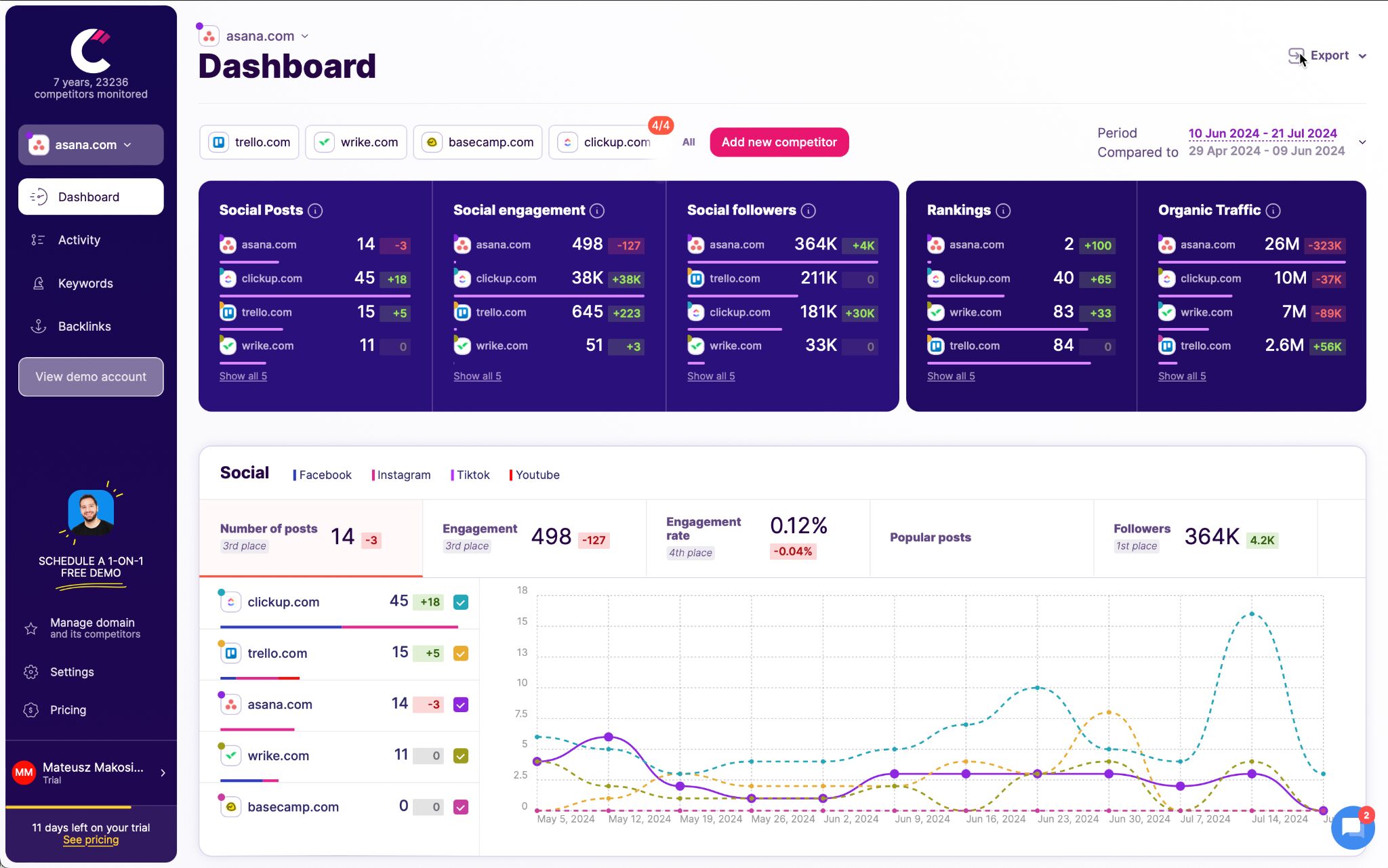
Standout feature: Monitoring all marketing channels for publications and mentions

Pricing
2. Ahrefs — for analyzing competitor’s SEO, search ads, and content marketing

Standout feature: Finding content gaps between you and your competitors



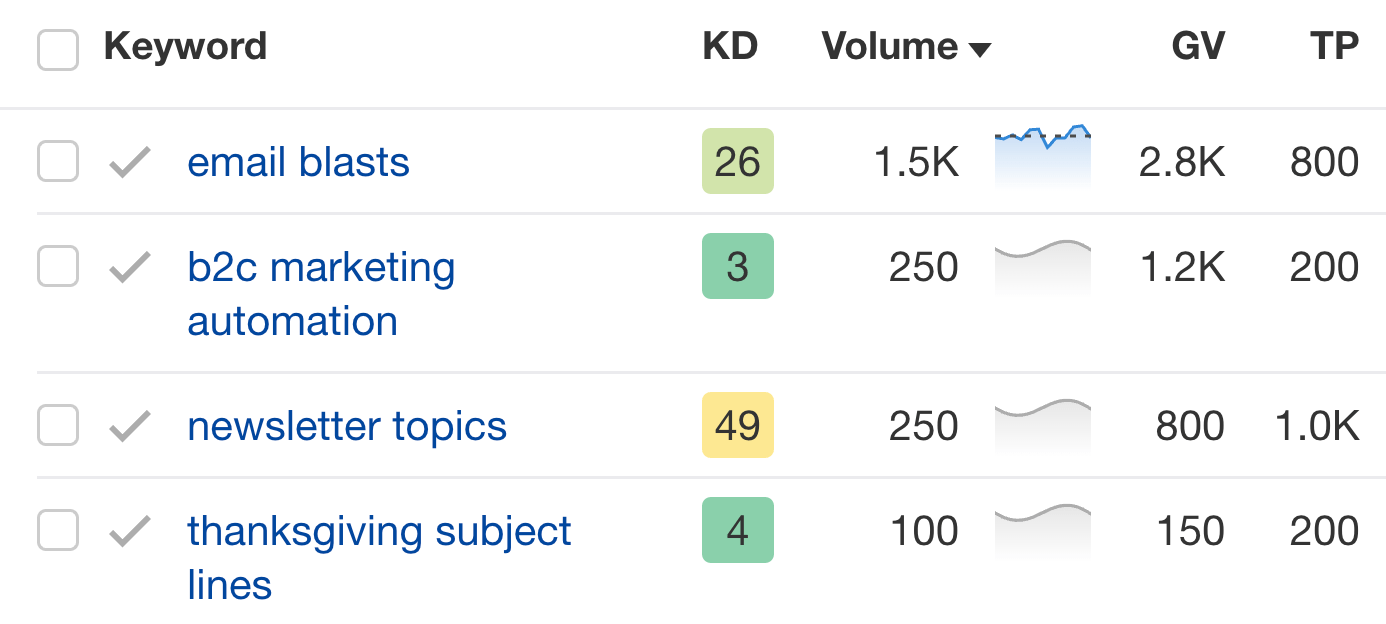
Pricing
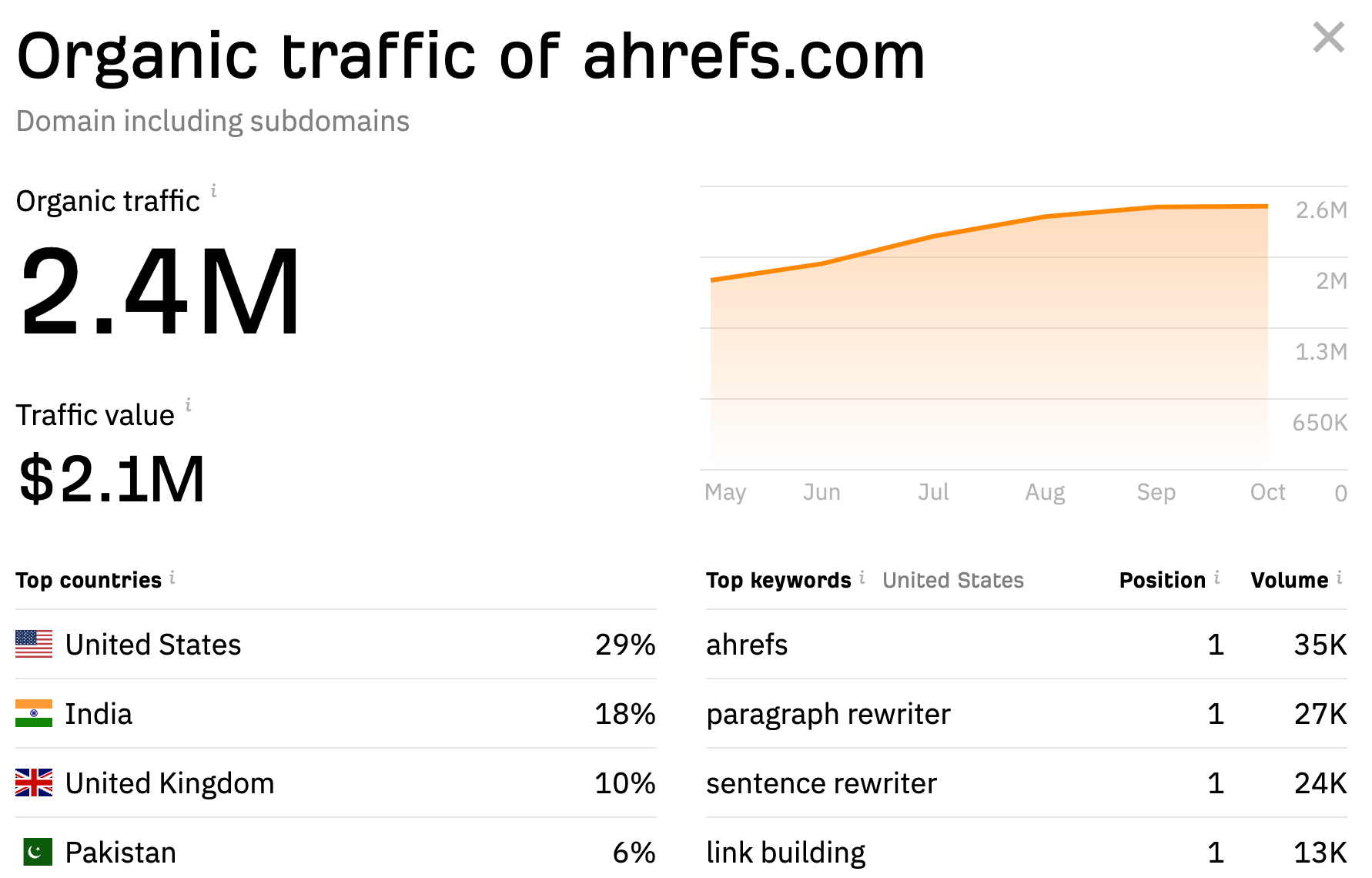
3. Visualping — for monitoring competitors’ webpage changes
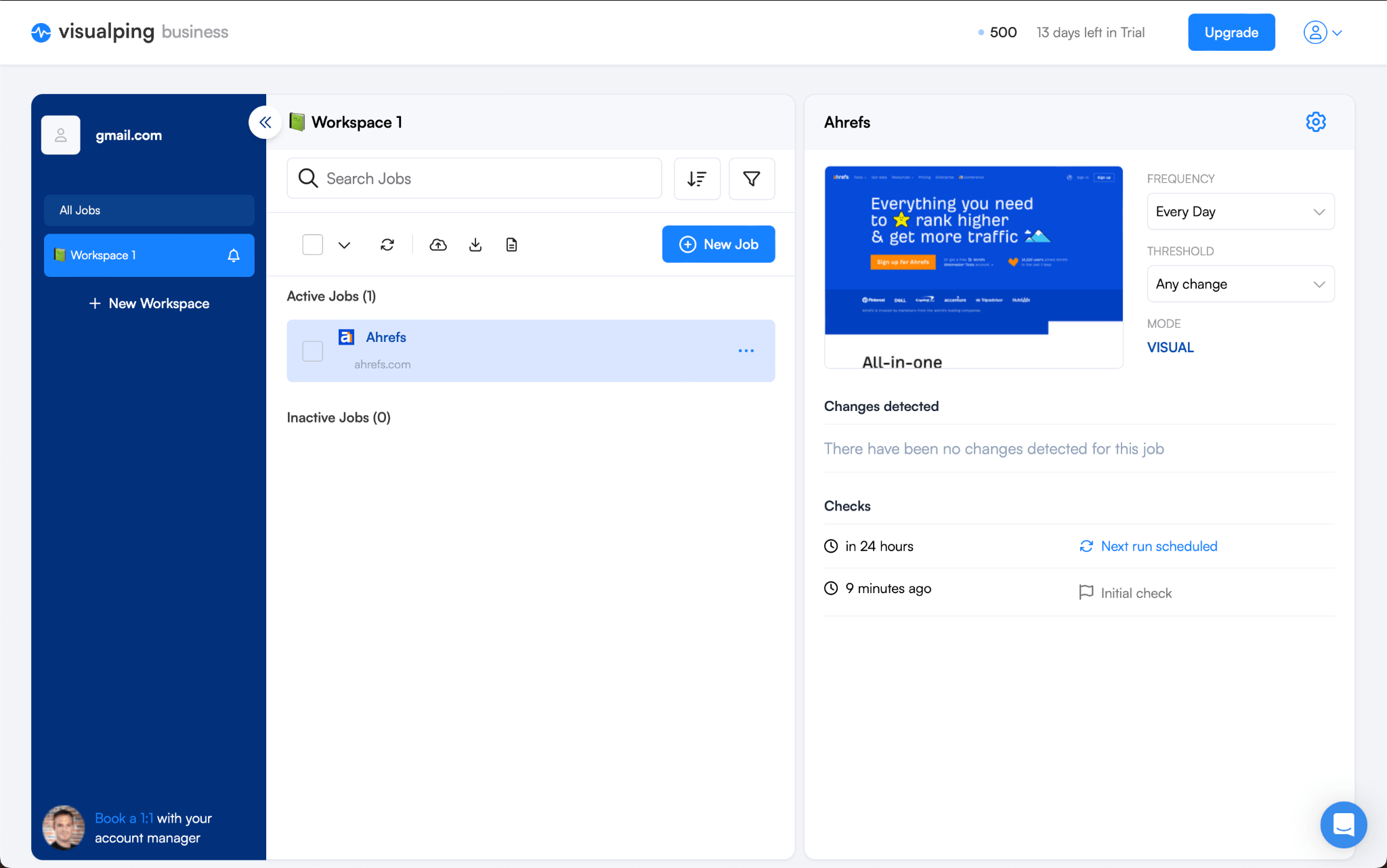
Standout feature: Monitoring UX and CRO tweaks on competitors’ websites
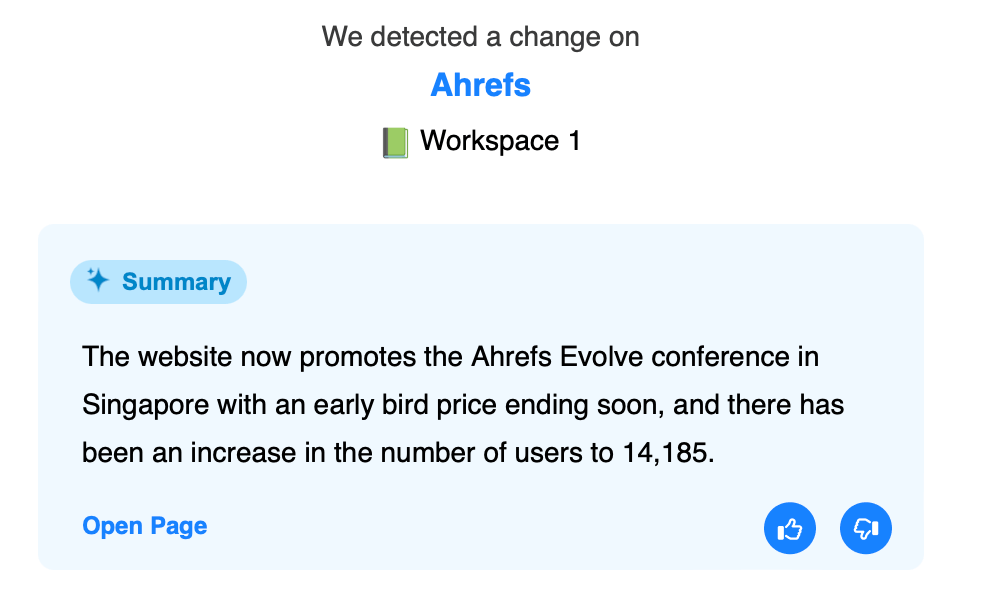
Pricing
4. Brand24 — for social media competitive analysis and brand monitoring
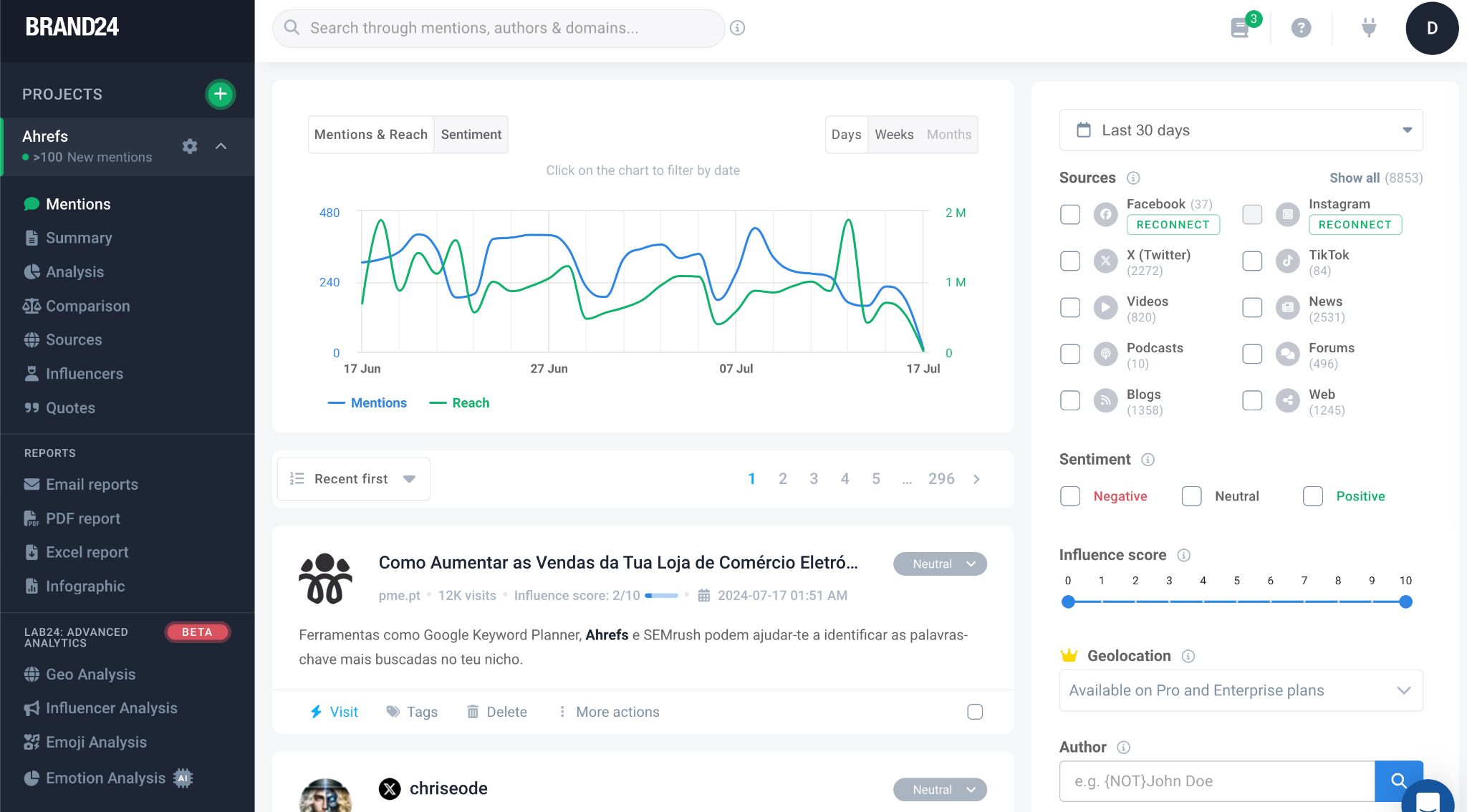
My favorite functionality: Monitoring competitors’ brand mentions


Pricing
5. SparkToro — for competitors’ audience insights

Standout feature: Discovering where a competitor’s audience hangs out online

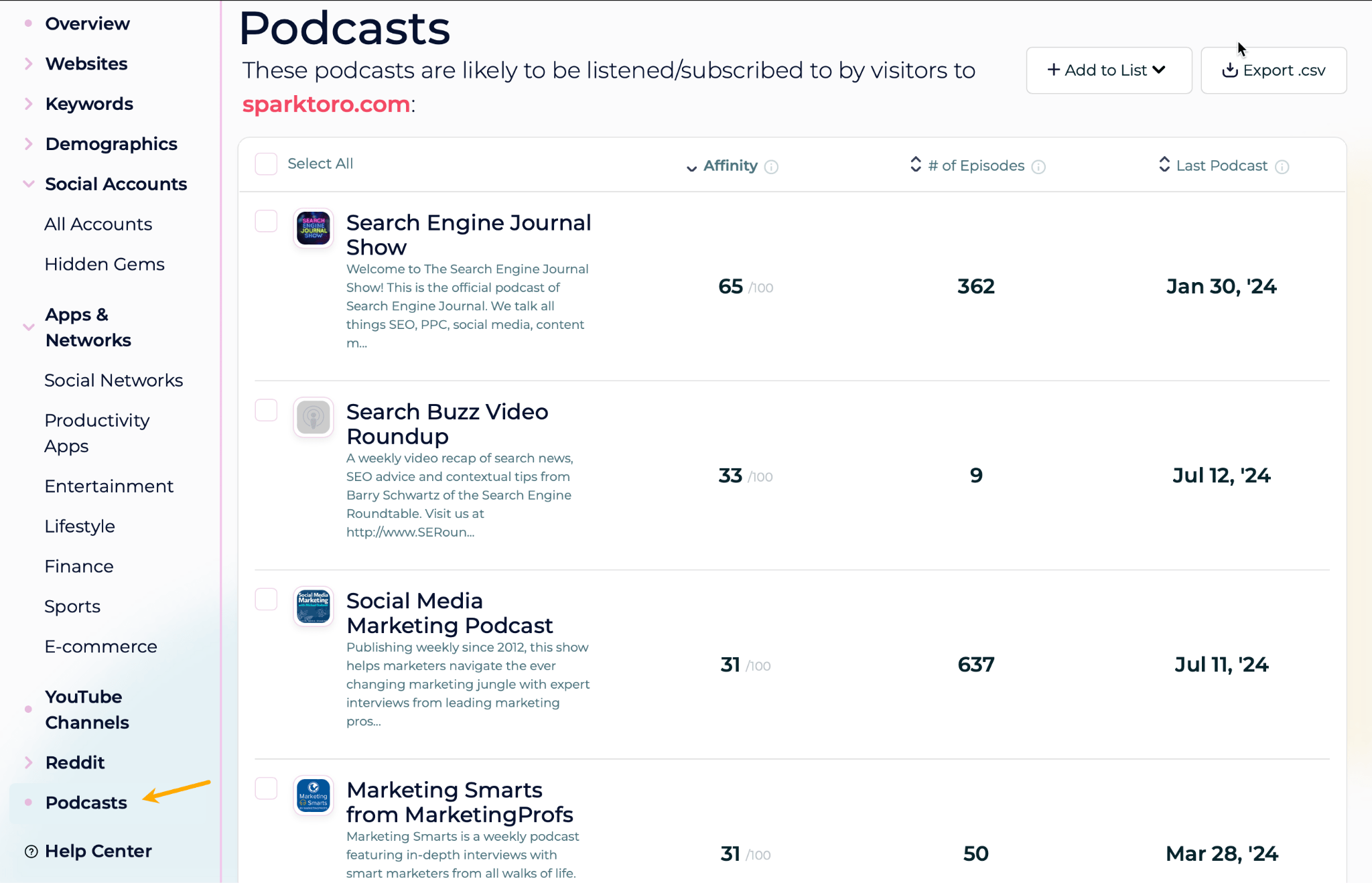
Price
6. Mailcharts — for email and SMS marketing competitive analysis
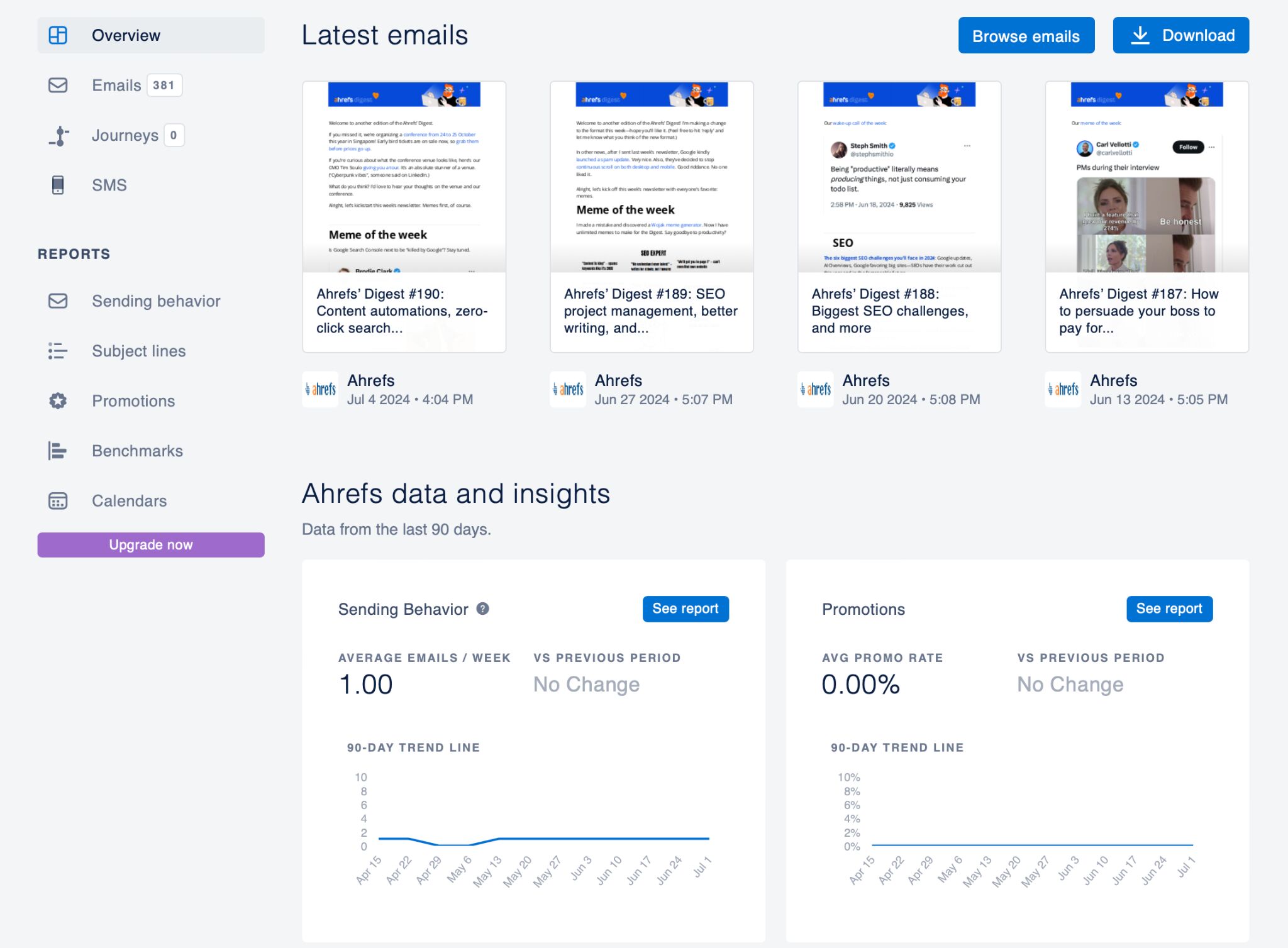
Standout feature: Studying email marketing automation techniques

Pricing
7. vidIQ — for video marketing competitive analysis on YouTube
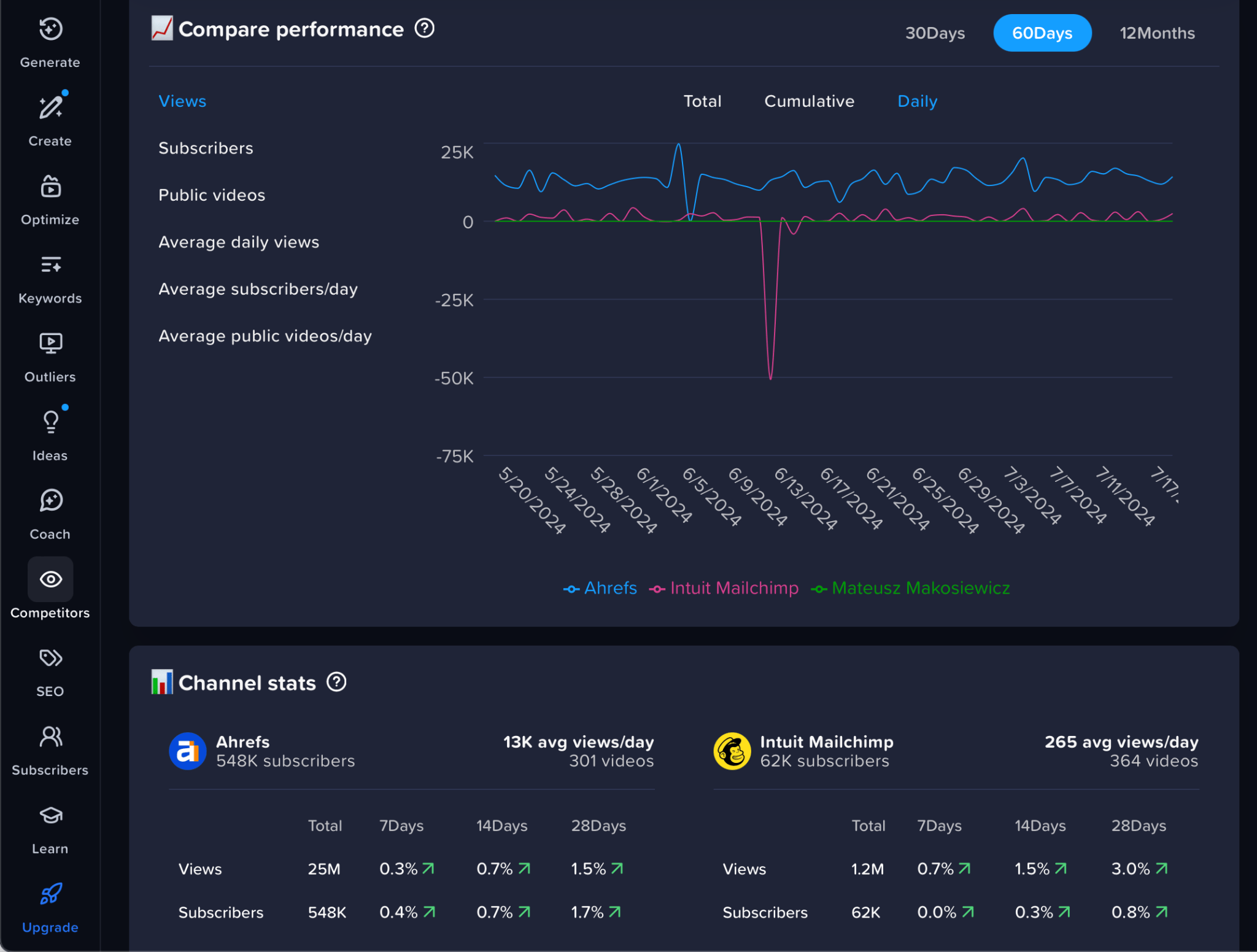
Standout feature: Analyzing performance data right inside YouTube
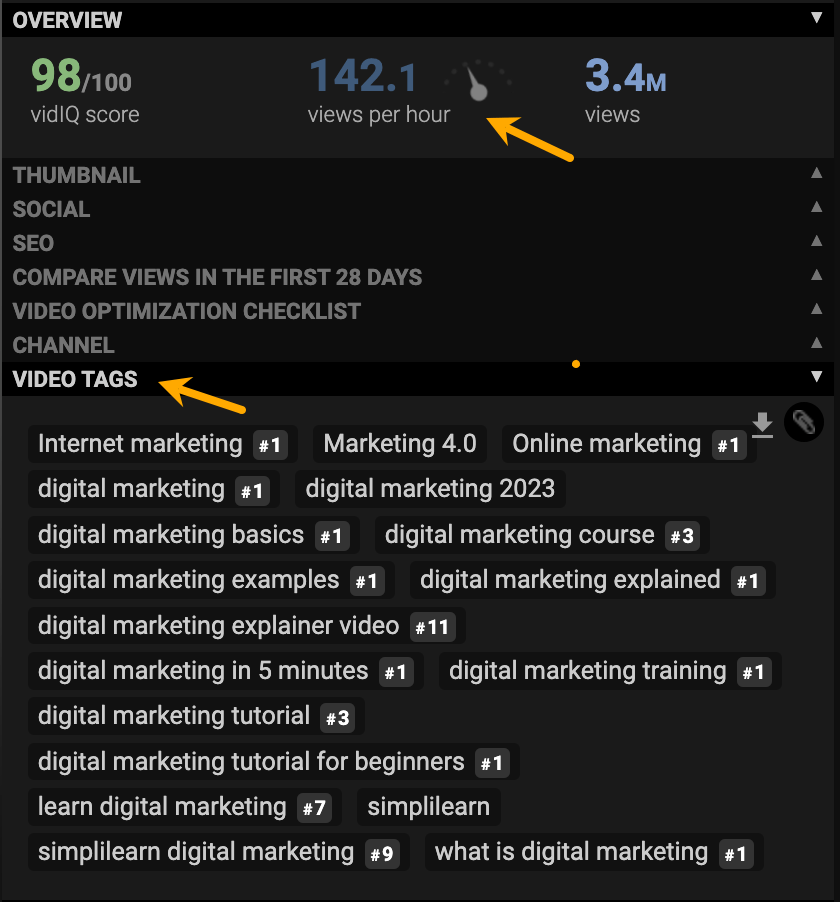
Pricing
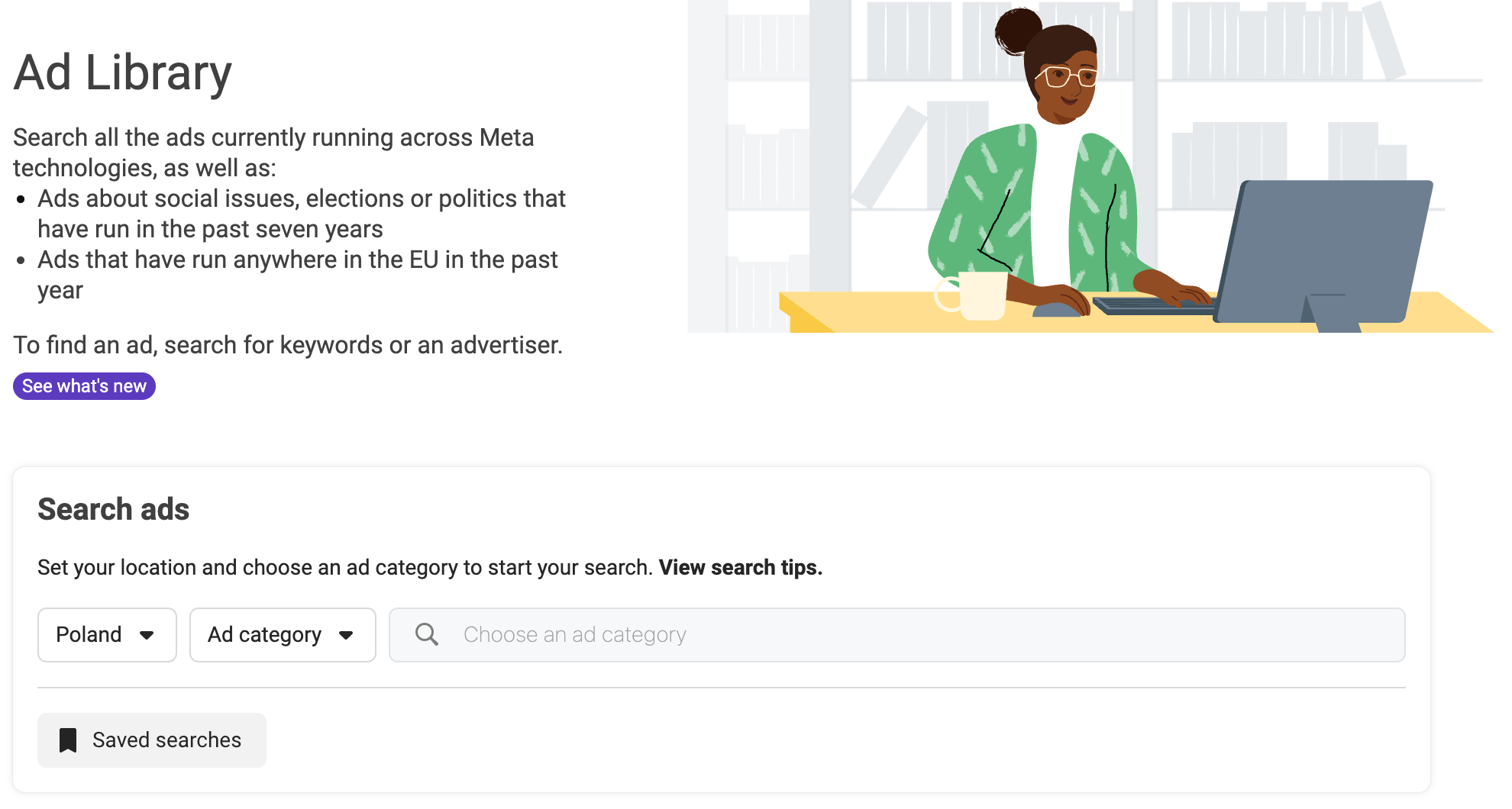
Standout feature: Studying competitors’ campaigns to stand out


Pricing
9. BuiltWith — for checking competitors’ tech stacks
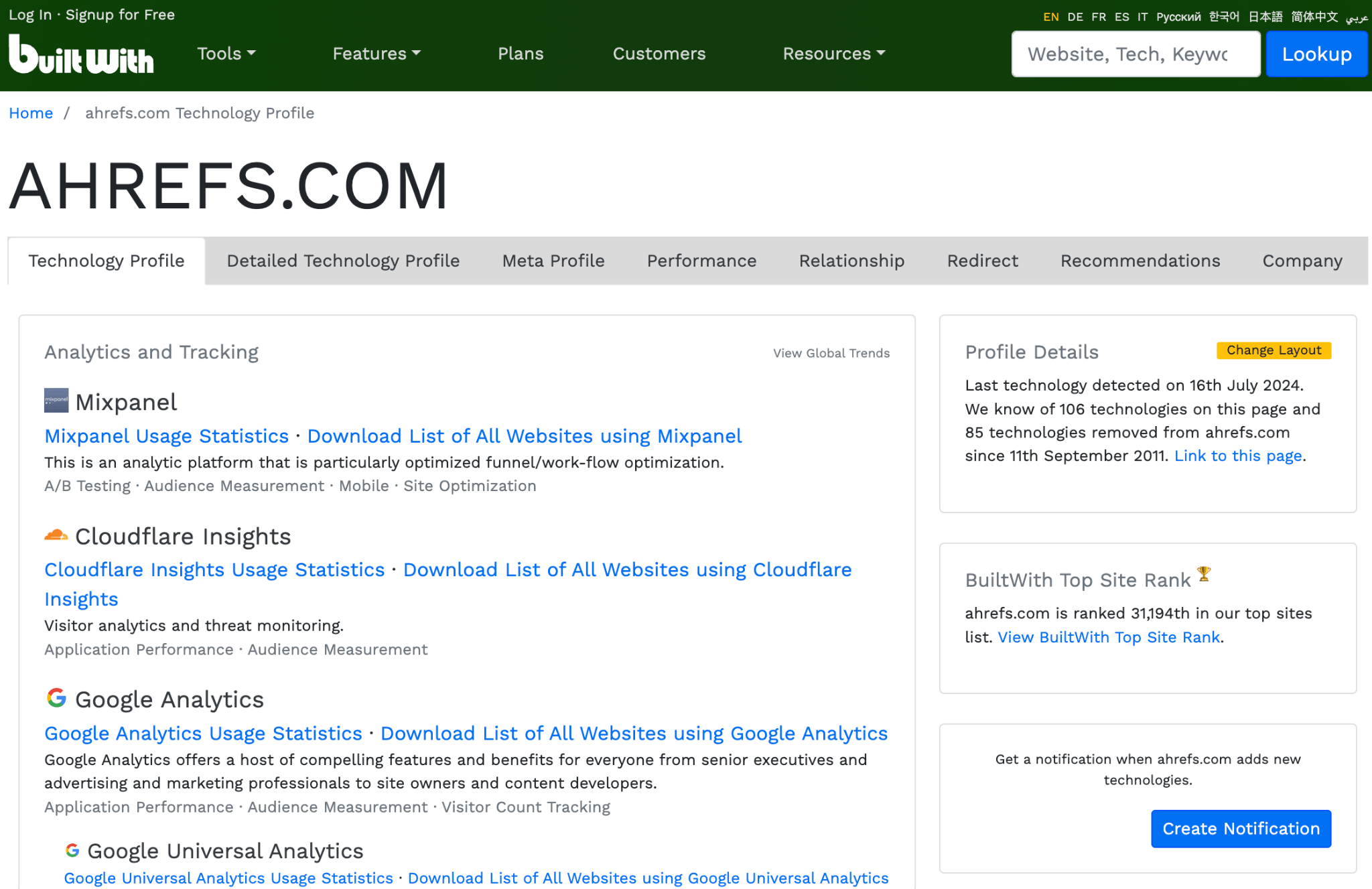
Standout feature: Finding niche advertising platforms
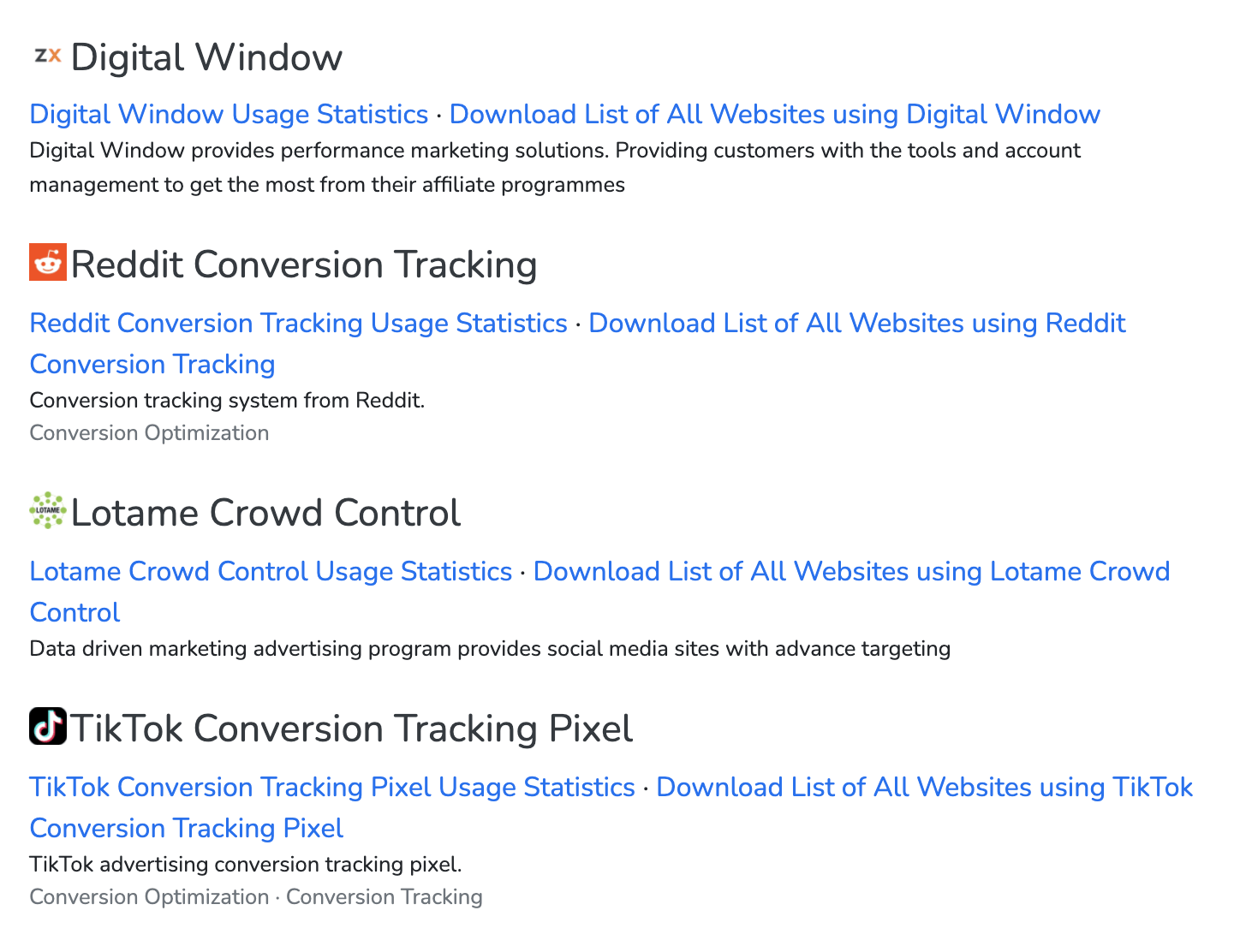
Pricing
10. ChatGPT — for competitor data analysis and visualization
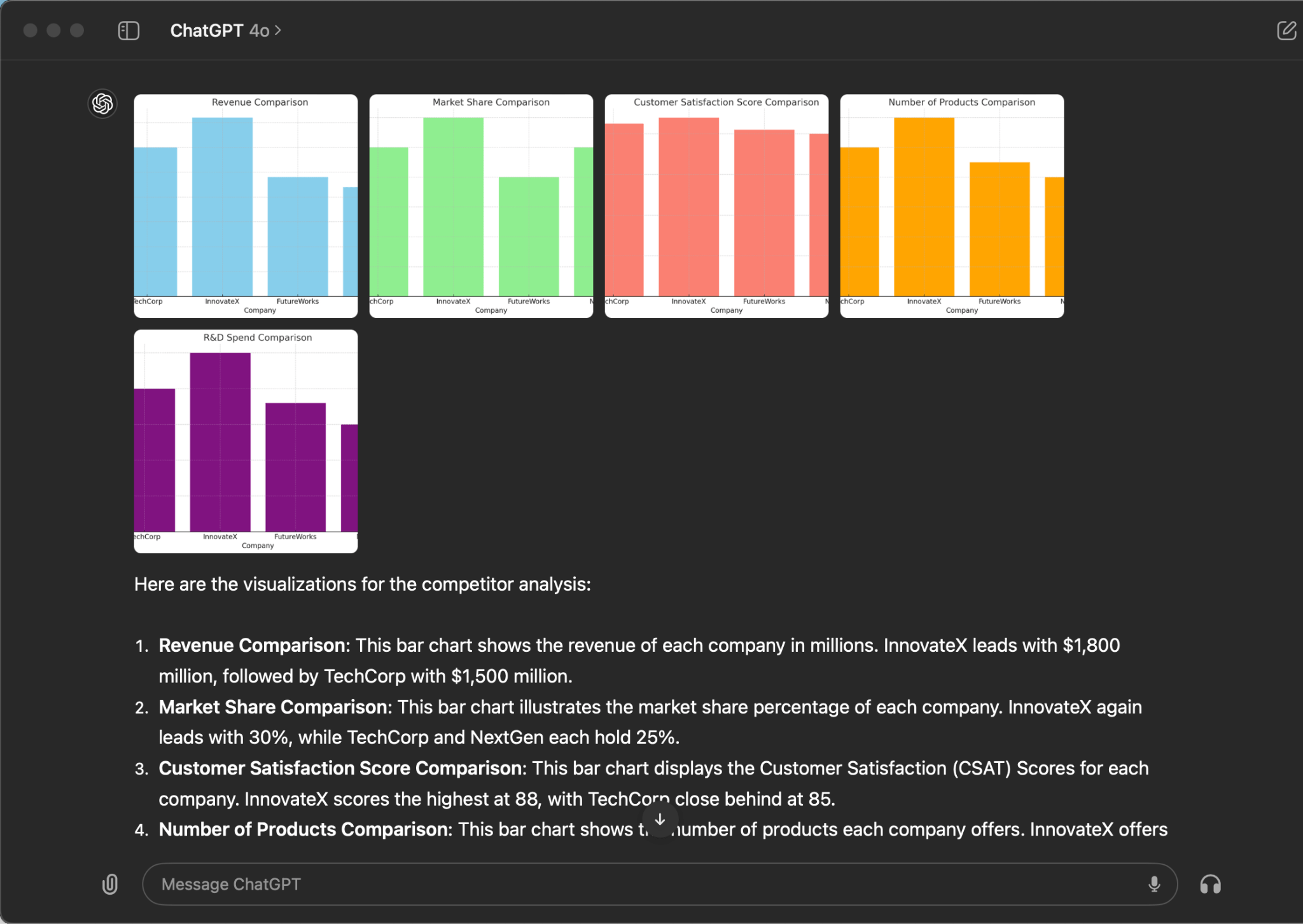
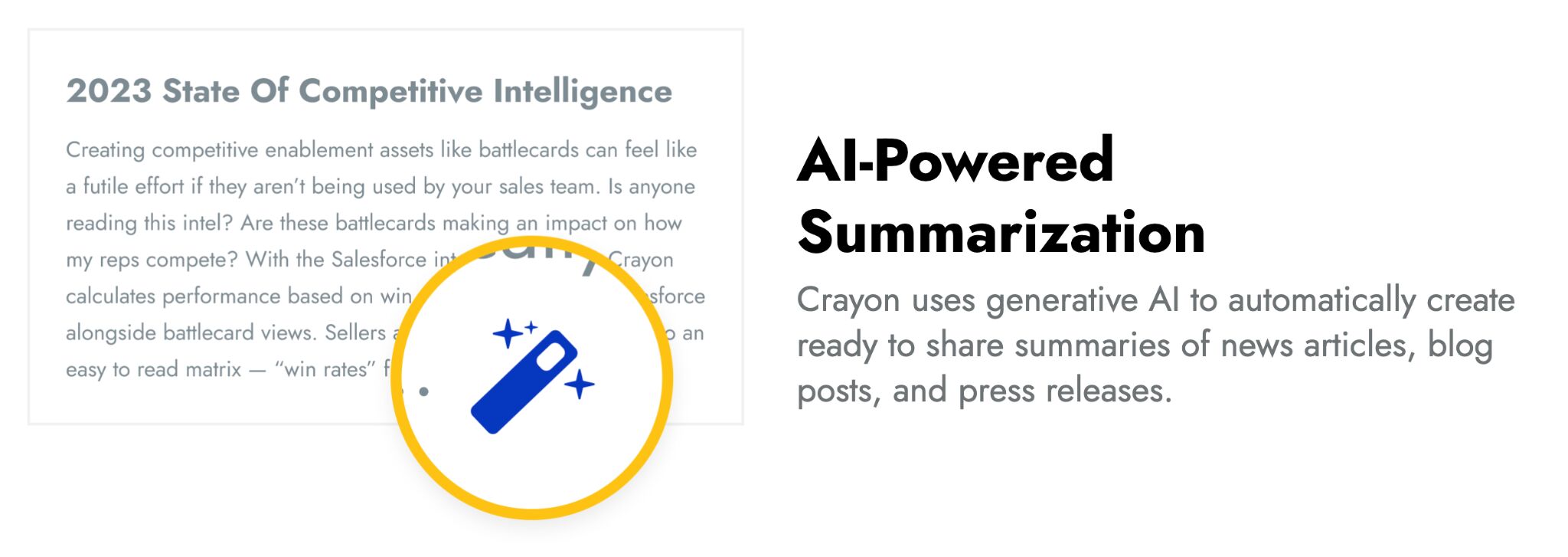
Standout feature: Analyzing large sets of user reviews to find competitors’ strong and weak points.


Final thoughts

 Hollif
Hollif 








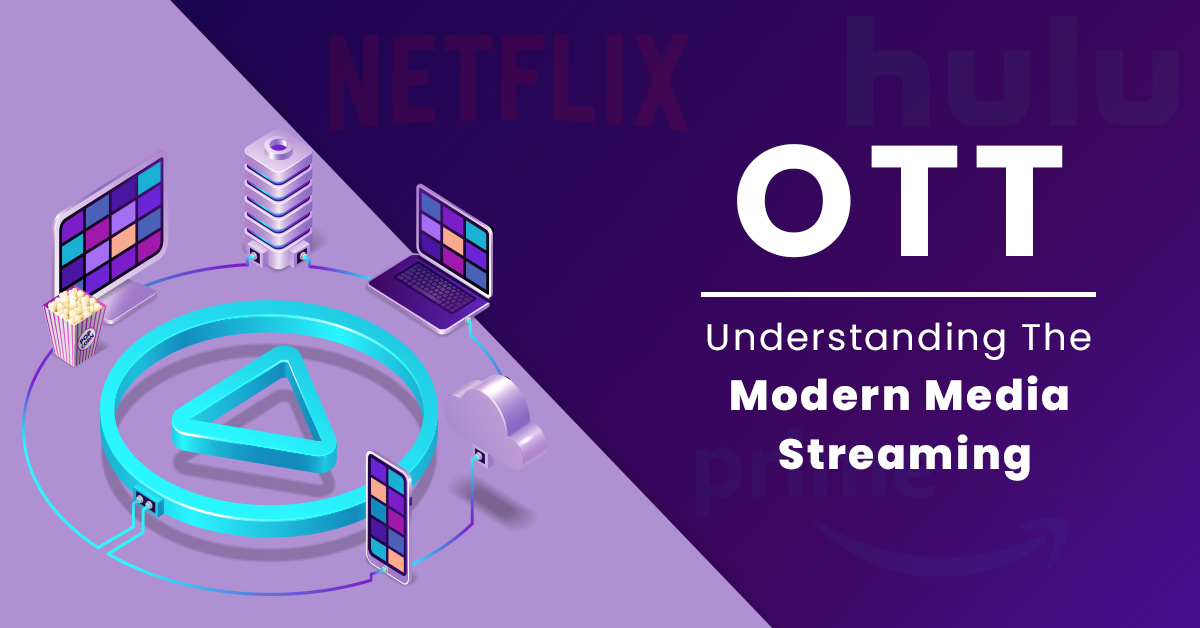
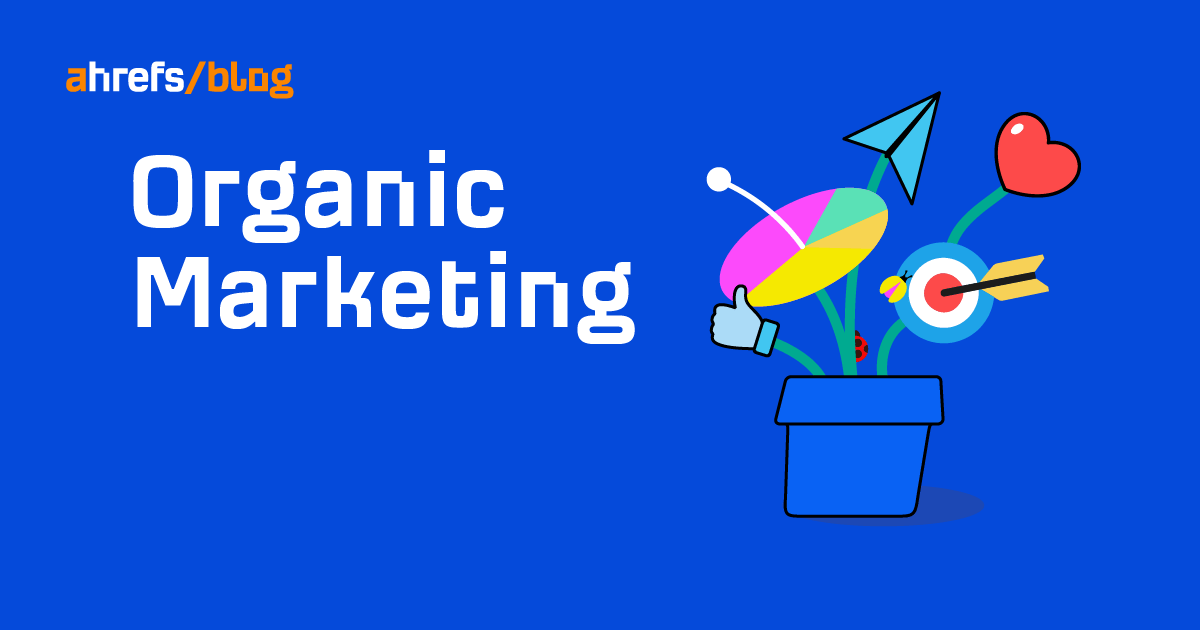


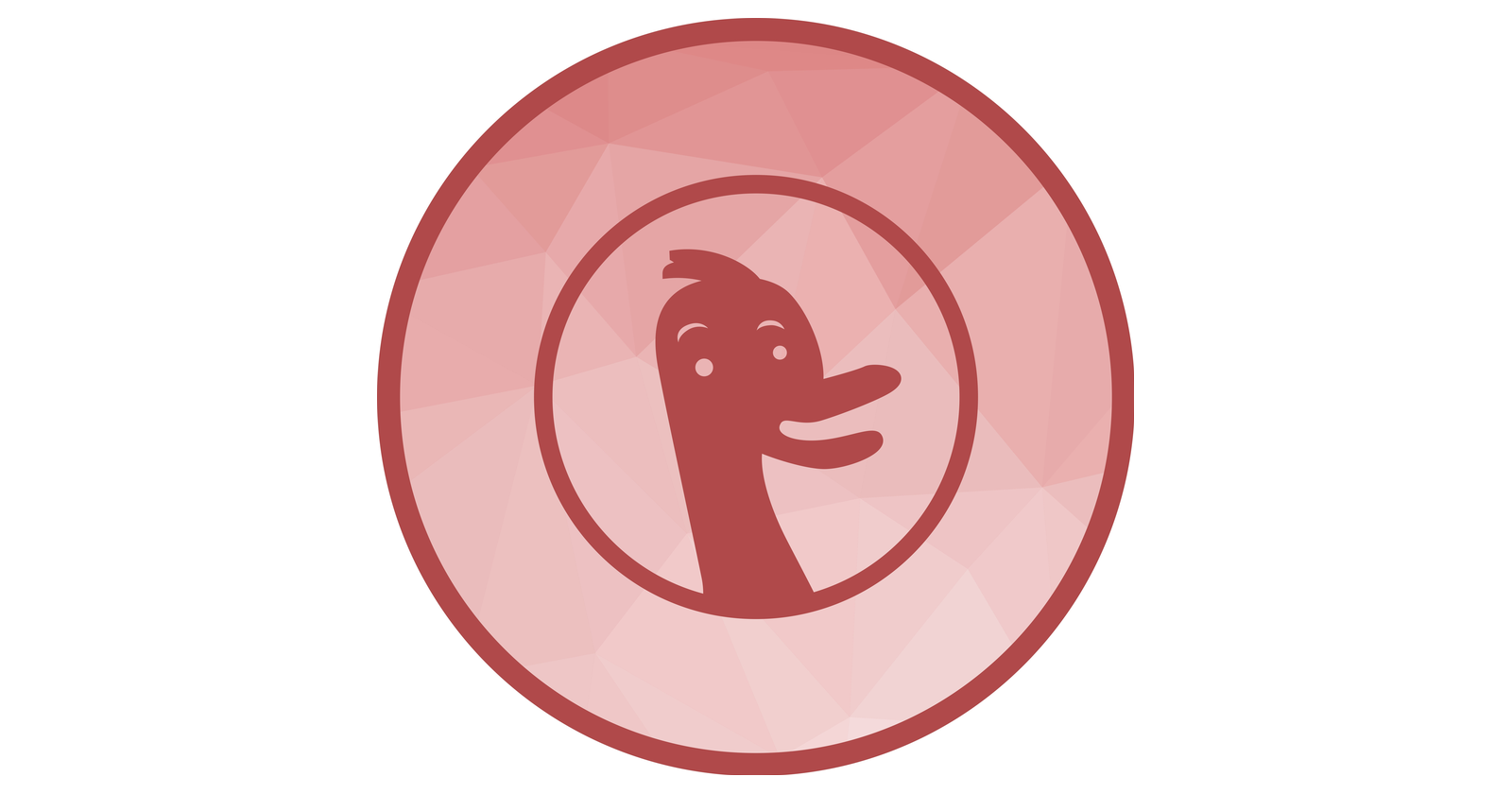















.jpeg?trim=0,0,0,0&width=1200&height=800&crop=1200:800)



